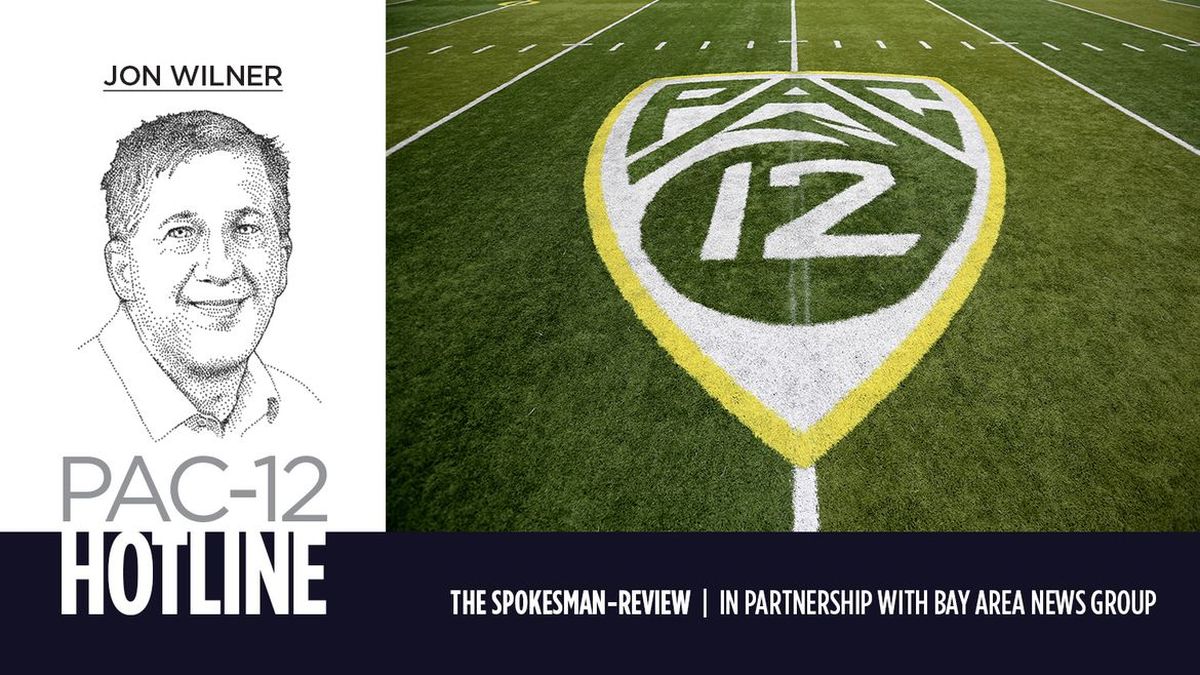Pac-12 football: New conference schedule models under evaluation with decision expected soon

Six weeks after revamping the process for determining which teams play for its championship, the Pac-12 is nearing another major change to its football model.
The conference could unveil a new nine-game schedule model late next month at its preseason media event.
“We’re working on several models,” commissioner George Kliavkoff told the Hotline during a wide-ranging interview. “At football media day, we’re likely to announce how we plan to schedule.”
The division format has provided a backbone for the nine-game conference schedule since expansion in 2011, with teams playing each of their five division opponents annually and rotating through the other six at varying intervals.
But the need to weight schedules based on division affiliation vanished last month when the Pac-12 announced the teams with the best winning percentage in conference games – not the division winners – would meet for the championship starting with the 2022 season.
“For me, divisions have three meanings,” Kliavkoff said.
“One is how they decide who plays in your championship game, and we have already solved for that with the change we announced.
“Two, they can determine how you schedule.
“Three, they reflect how you report the results.
“For me, the way you report the results – whether it’s two divisions or a single group of 12 teams – is the least important.”
(As of now, the Pac-12 has not announced a change to the visual piece: How results are reported and the format seen by fans when they look at the standings this fall.)
Any and all decisions involving the football model should be considered temporary.
What best serves the conference during the final years of the four-team College Football Playoff might not work once the CFP expands to 12 teams in the 2026 season.
As with the new process for determining the championship game matchup, any adjustments to the schedule are essentially a bridge to ’26.
“For the next four years, we have to think about how the schedule can better the student-athlete experience,” Kliavkoff said. “There are kids who have gone through their careers and not played one of the other teams in the conference.
“We want to embrace our historic rivalries and ensure that each of our student-athletes get to play every other conference team at least twice, once at home and once away, during their career.
“Those are our guiding principles.”
The Pac-12 isn’t alone in overhauling its schedule.
The ACC announced Tuesday it will adopt what’s called the 3-5-5 model, with each team playing three “primary opponents annually (and) facing the other 10 teams twice during the 4-year cycle, once at home and once on the road.”
Because the ACC has 14 schools and only plays eight conference games, the specifics of its model don’t work for the Pac-12.
While Kliavkoff didn’t go into detail, the regional pod system is one option:
Pod A: Washington and Oregon schools
Pod B: California schools
Pod C: Four Corners schools (Arizona, Arizona State, Colorado and Utah)
Each school would play the teams in its pod every year, leaving six openings for the other eight teams on a rotating basis.
Another option would be to create one annual opponent – the natural rival – but that would prevent the California schools from meeting every year and disrupt the consequential Oregon-Washington rivalry.
The pod system preserves the regional duels and, with eight teams rotating through the six openings, would ensure the players experience every opponent, both home and away, during their careers.
In addition, the regional pods would increase the frequency with which the Pacific Northwest teams play the Los Angeles schools, thereby aiding recruiting exposure in talent-rich Southern California and potentially boosting ticket sales for home games.
Clarity could come soon. Pac-12 football media day is July 29 in Los Angeles.